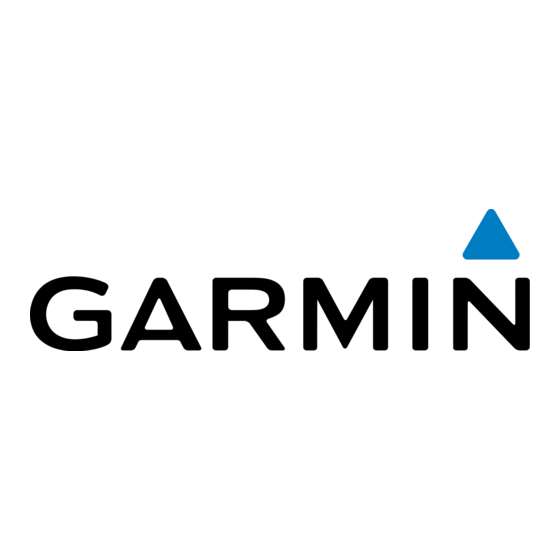tools needed (not included):
•
Phillips screwdriver
•
Drill and
/
in. (3.3 mm) drill bit
1
8
Installing the GMI 10 (GWS 10 with GMI 10 Bundle Package only)
If you purchased the GWS 10 with GMI 10 bundle package, use the included GMI 10 Installation Instructions to install the GMI 10.
assembling the GWS 10
1. Ensure that the shaft lines up correctly with the slot on the anemometer. The socket on the
anemometer only fits one way on the shaft.
2. Press on the anemometer until it is seated securely.
Note: After the wind sensor is assembled, disassemble it for repair purposes only.
Mounting the GWS 10 on the Mast
1. Route the bare-wire end of the NMEA 2000 backbone cable downward inside or along the
mast, leaving an appropriate amount of slack.
2. Drill
/
in. (3.3 mm) pilot holes and use the provided screws to mount the GWS 10 in the
1
8
appropriate orientation (refer to the diagram). If there is not a horizontal surface at the top of
the mast, fashion a wedge to mount the unit horizontally.
Use the included adhesive-backed mounting template to help position the pilot holes.
3. At the top of the mast, connect the in-line terminator to the backbone cable and to the
GWS 10.
4. Secure the in-line terminator to the mast with the provided screws.
5. Pull the cable at the bottom of the mast to remove the slack.
6. Run the bare-wire end of the cable to the existing NMEA 2000 network or to the area where
the NMEA 2000 network will be installed.
Note: If you do not mount the GWS 10 facing the exact front of the boat, configure the
software to the appropriate wind-angle offset
Connecting the GWS 10 to an Existing nMEa 2000 network
1. Cut the NMEA 2000 backbone cable to the proper length. Ensure that the cable reaches the existing NMEA 2000 network, and leave enough
slack cable for routing and attaching the field-installable connector.
2. Assemble and wire the field-installable connector as shown in the diagrams.
NMEA 2000 backbone cable
3. Attach the field-installable connector to the gray in-line lightning arrestor.
4. Disconnect the male terminator from the backbone of the existing NMEA 2000 network on your boat.
Connect the gray in-line lightning arrestor to help prevent lightning strike-related damage to the NMEA 2000 network. The lightning arrestor
is designed to help prevent damage due to nearby lightning strikes, but it is not able to protect against direct lightning strikes. Garmin is not
responsible for lightning strike-related damage.
5. Connect the in-line lightning arrestor to the T-connector at the location from which you removed the male terminator in step 3.
190-01169-92_0A.indb 4
(page
5).
assembling the Field-Installable Connector
additional optional Items (not included):
•
Additional NMEA 2000 network components
Mount the GWS 10 at the top of the
Mount the GWS 10 at the top of the
mast facing the front of the boat, and
mast facing the front of the boat, and
NMEA 2000 wires
Notice
Anemometer
Anemometer
Front of the boat
Front of the boat
parallel with the boat center line
parallel with the boat center line
Black
Red
White
Bare wire
Blue (center)
Field-Installable Connector
Wiring assignments
GWS 10 Installation Instructions
2/18/2010 8:30:26 AM

